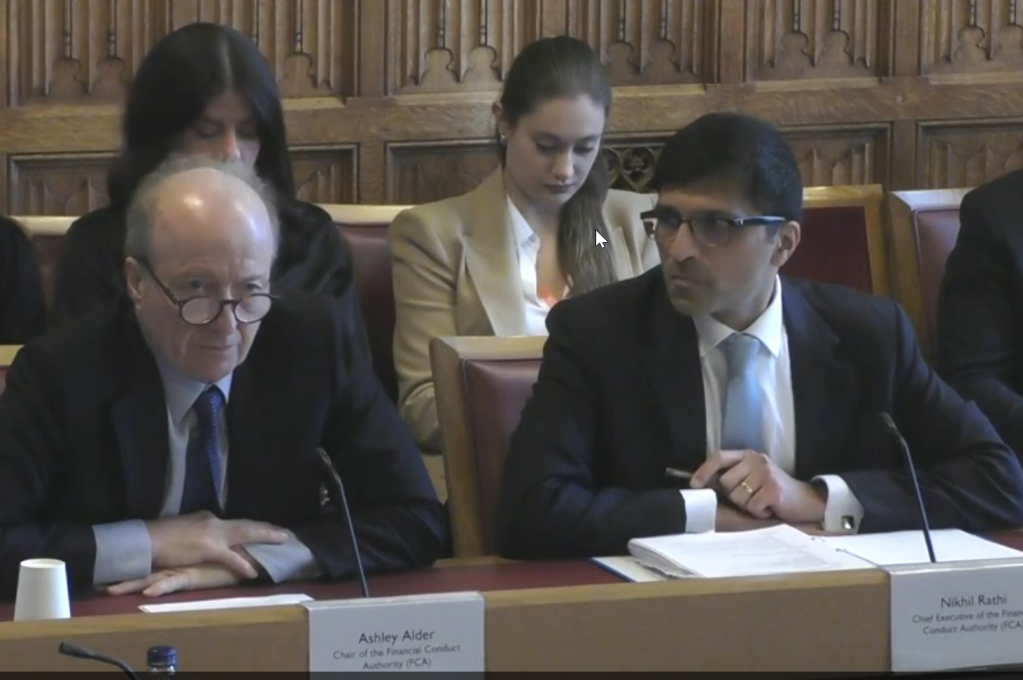The SEC has adopted rule amendments and a new rule to improve the resilience and recovery and wind-down planning of covered clearing agencies. The rule amendments establish new requirements regarding a covered clearing agency’s collection of intraday margin, as well as a covered clearing agency’s reliance on substantive inputs to its risk-based margin model.
The amendments to SEC Rule 17Ad-22(e)(6)(ii) outline the specific requirements for the contents of a covered clearing agency’s recovery and wind-down plan. The amendments revolve around these agencies’ risk management processes and its pre-scoped plan to be able to endure shocks to its business while still collecting sufficient margin and maintaining default management procedures and liquidity.
“Recovery and wind-down planning enhances the resiliency and continuity of our market plumbing,” said SEC Chair Gary Gensler. “I’m pleased that today’s amendments will benefit investors, issuers, and the markets alike.”
Intraday margin collection
When it comes to intraday margin collection, the SEC’s rule amendments require the following:
- That a covered clearing agency that provides central counterparty services has policies and procedures to establish a risk-based margin system that monitors intraday exposures on an ongoing basis;
- The clearing agency maintains the authority and operational capacity to make intraday margin calls as frequently as circumstances warrant (including when risk thresholds specified by the covered clearing agency are breached or when the products cleared or markets served display elevated volatility); and
- The agency documents when the covered clearing agency determines not to make an intraday call pursuant to its written policies and procedures.
Counterparty services
The rule amendments regarding substantive inputs require the following:
- That a covered clearing agency that provides central counterparty services has policies and procedures to establish a risk-based margin system that uses reliable sources of substantive inputs;
- That it uses procedures to address circumstances in which substantive inputs are not readily available or reliable (to ensure that the covered clearing agency can continue to meet its credit exposures to its participants); and
- That such procedures must include either the use of price data or substantive inputs from an alternate source or a risk-based margin system that does not rely on substantive inputs that are unavailable or unreliable.
Nine elements
Existing rules require a covered clearing agency to have a recovery and wind-down plan, while the new rule requires such an entity to specify nine elements for its plan.
The new rules’ required nine elements encompass these efforts within them:
- planning (including the identification and use of scenarios, triggers, tools, staffing, and service providers);
- timing of the plans;
- implementation of the plans;
- testing;
- board approval of the plans, plus
- processes to inform the SEC as soon as possible when the business is considering implementing a recovery or orderly wind-down.
Compliance dates
The SEC said it was adopting two compliance dates:
- (1) 150 days after publication in the Federal Register for a covered clearing agency to file any required proposed rule changes or advance notices with the Commission; and
- (2) 390 days after publication in the Federal Register for such proposed rule changes and advance notices to be effective.
















